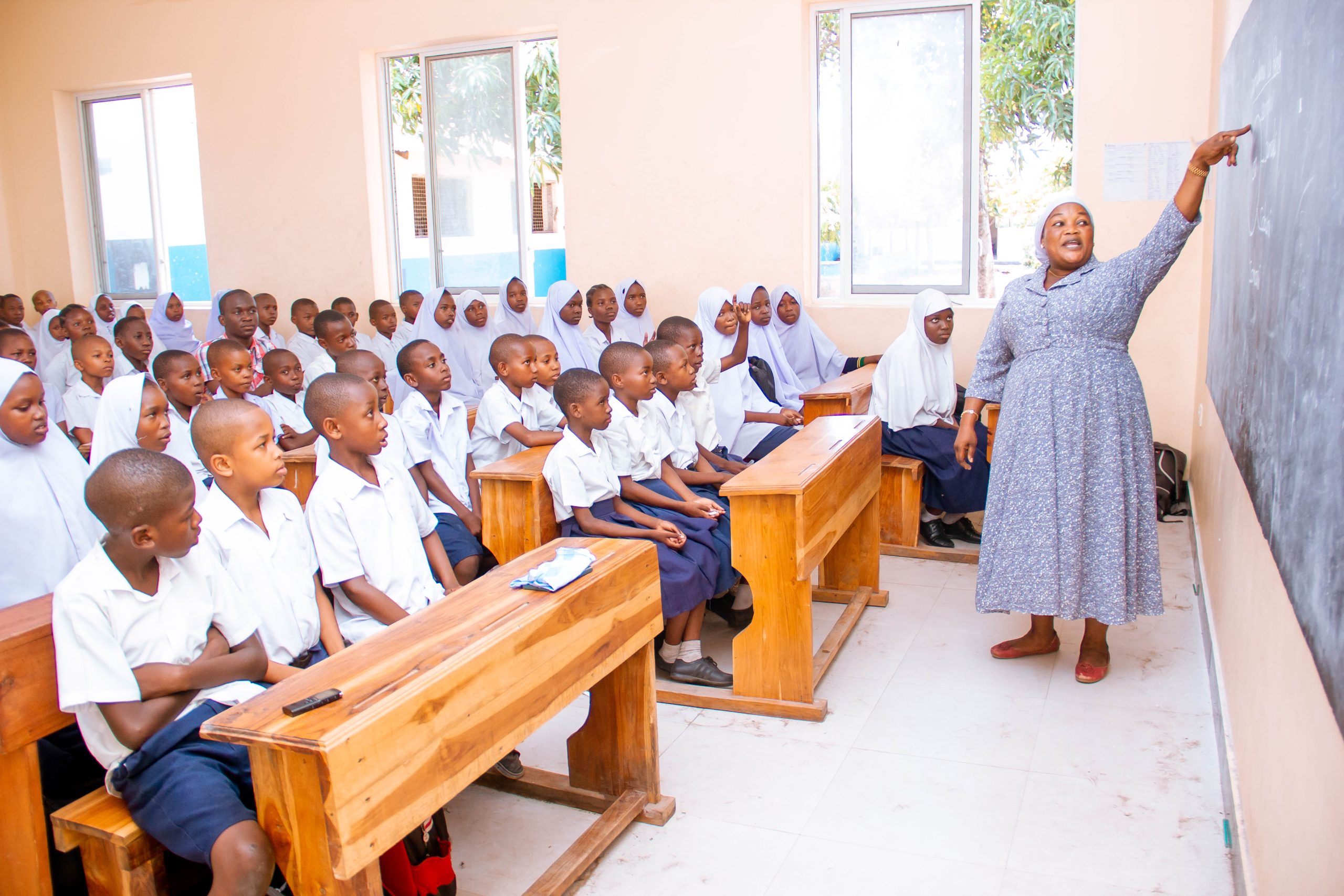
One innovative approach gaining ground in Tanga City is Teaching at the Right Level (TaRL)—a methodology that acknowledges the diverse learning needs of students in primary schools. Unlike traditional classrooms, where all students are taught the same content regardless of their learning ability, TaRL begins with a simple question: What can each child do right now?
Students are individually assessed in foundational literacy and numeracy. Based on the results, they are grouped by their actual learning level, not by age or grade. Each group then receives tailored instruction that meets them where they are, allowing children to progress at their own pace toward core competencies.
For example, children struggling with phonics may receive daily sessions on letter sounds, syllables, and word recognition using songs and games. Meanwhile, students already reading full sentences work on paragraph comprehension or story writing. This differentiated approach helps ensure that no student is left behind—an ideal often spoken but rarely achieved in large classrooms.
Mwajabu Ally, a teacher at Majengo Primary School, reflected:
“We saw children who were previously withdrawn and discouraged begin to participate. Using songs, games, and interactive methods, we’ve seen incredible progress—children who once struggled are now confident and excited to learn.”

TaRL was introduced in 20 primary schools across Tanga City. Over 2,000 students were assessed. Of these, 473 students couldn’t read a simple story or even syllables, while 630 could not perform basic arithmetic functions like addition or subtraction.
The results speak for themselves:
For a program delivered over a short period, these results are remarkable.
“It challenged us to move away from ‘chalk and talk’,” said Mwajabu. “Now we guide students through learning paths that make sense to them. As teachers, we feel more effective and more fulfilled.”
When the program launched, many parents were unsure—some even resistant. Because TaRL groups students based on learning levels, not age or grade, some parents misunderstood the approach.
One parent at Kana Primary School protested:
“Why did you move my child from Standard Six to Standard Three without telling me?”
Others were told in the past that their children had learning disabilities. One parent shared:
“I was told my son would never learn. I believed them. I even thought my child was bewitched.”
But the transformation was visible at home. One mother shared how her daughter, after just a few TaRL sessions, began reading words on old cooking oil jerricans in their kitchen. Soon, she was reading newspapers.
“She used to say she couldn’t read,” said a parent at Jaje Primary School. “Now she reads paragraphs. She even reads for her younger siblings.“
Another parent added:
“The best thing isn’t just the 3Rs (Reading, Writing, and Arithmetic). It’s that they now believe in themselves.”
TaRL has done more than improve test scores. It has changed the mindset of students, teachers, and families alike. Teachers became facilitators, students became more engaged, and parents became partners in the learning process.
What started as a pilot is now a growing demand. One teacher at Majengo Primary School noted:
“The results are extraordinary. This should be scaled to more schools.”
TangaYetu’s introduction of the TaRL model has shown that catching up is possible, even for students who’ve struggled for years. It proves that with tailored support, the most vulnerable learners can thrive—and change how they see themselves.
With broader adoption, more investment, and continuous teacher training, TaRL could reach thousands more students in Tanga and beyond. It is a model not only for catching up—but for unlocking potential.